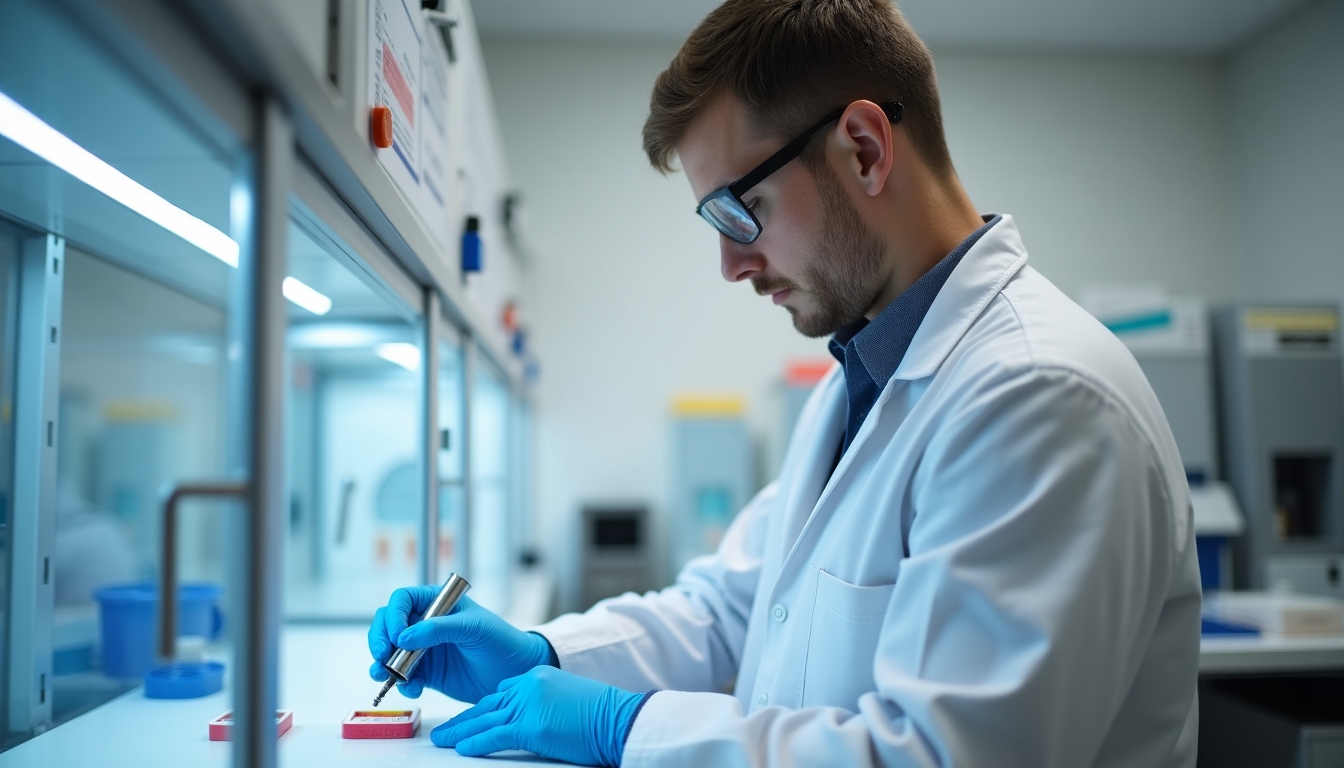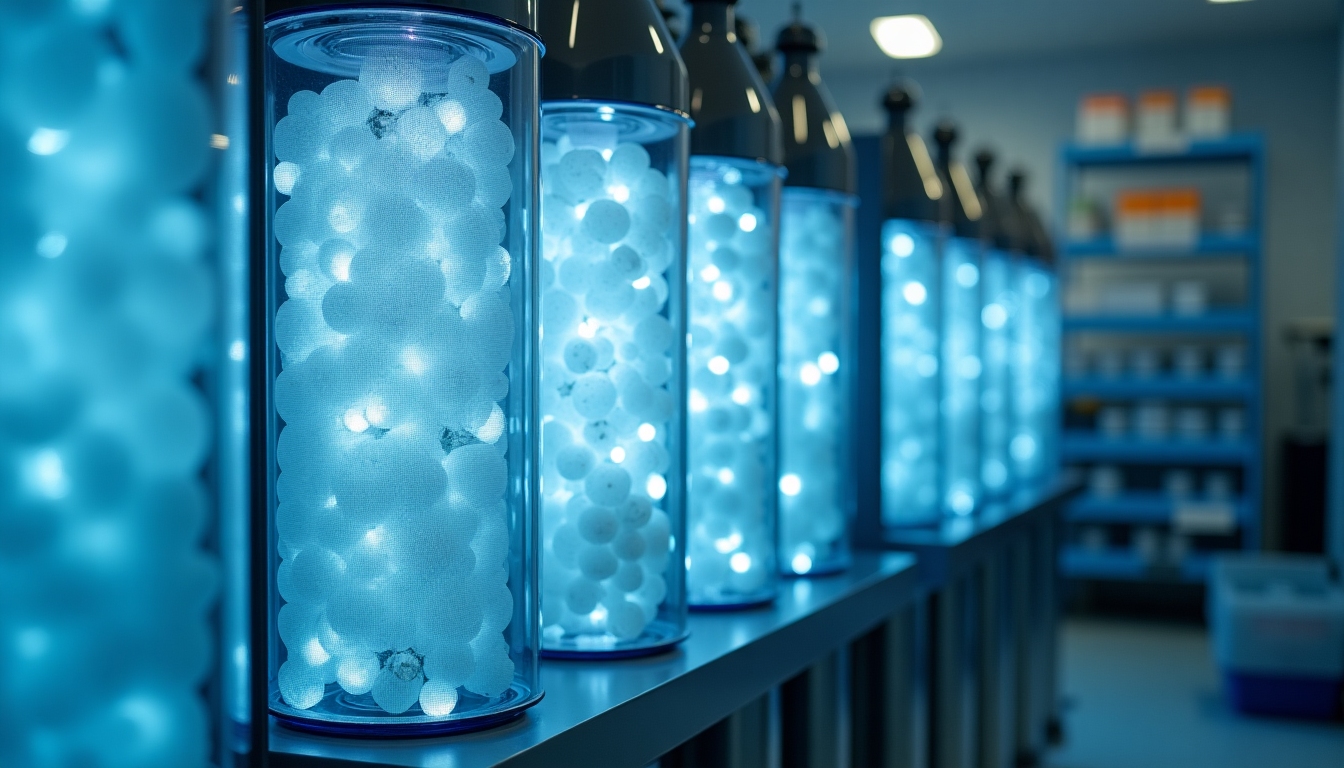A Comprehensive Guide to the Sperm Banking Process
Dec. 15, 2024, 5:05 p.m.
What is Sperm Banking? An Overview
Sperm banking, also known as sperm cryopreservation, is a process that involves collecting, freezing, and storing sperm for future use. This article walks you through the sperm banking process step by step, offering insights into what you can expect and why it matters.

Step 1: Initial Consultation
The first step in the sperm banking process is an initial consultation with a fertility specialist. During this meeting, the doctor will discuss your medical history, lifestyle, and reasons for banking sperm. This is also an opportunity to understand how the procedure works and what it entails.
Personal Insight
Many individuals find the initial consultation reassuring. Speaking with a specialist helps to address any concerns or questions, making you feel supported throughout the journey. The consultation ensures that you're fully informed and comfortable before moving forward.

Step 2: Health Screening and Registration
Before proceeding, you will undergo thorough health screenings. These tests help ensure that the sperm collected is healthy and that there are no underlying health issues that could affect the quality of the sperm. Registration involves signing consent forms and setting up accounts for sample storage.
Step 3: Sperm Collection Process
The next phase is the sperm collection itself. This typically takes place in a private room at the clinic equipped with reading materials or media to help with the process. Samples are generally collected through masturbation, ensuring minimal contamination.

Tips for Sperm Collection:
- Avoid ejaculation 48-72 hours prior to collection to maximize sperm count.
- Stay hydrated and follow dietary recommendations from your doctor.
- Relax and take your time—there is no rush.
Personal Experience
One user shared that music or a podcast helped ease the nerves during the collection process. Others noted that the clinical environment was well-suited to maintain comfort and privacy.
Step 4: Freezing and Storage
Once the sperm is collected, it undergoes analysis to determine the sperm count and motility. Based on these results, the sperm is prepared for freezing using a cryoprotectant to prevent ice crystal formation that can damage the cells. The samples are then stored in liquid nitrogen at -196°C, a temperature at which biological activity ceases.

Step 5: Ongoing Storage and Maintenance
Sperm can be stored indefinitely, with many facilities offering storage plans tailored to long-term preservation needs. Regular follow-ups ensure that storage conditions remain optimal, keeping samples viable for future use.
Maintaining communication with the fertility clinic is important to address any changes in your circumstances or fertility goals.
The Importance of Sperm Banking
This process is invaluable for those facing medical treatments that might affect fertility, such as chemotherapy, or for individuals wanting to delay parenthood but preserve the option for biological children. Many also choose sperm banking due to lifestyle reasons or before undergoing gender-affirming procedures.

Conclusion
Sperm banking is a crucial option for fertility preservation, providing peace of mind and control over future reproductive choices. By understanding each step thoroughly, individuals can make informed decisions that align with their personal and medical needs.